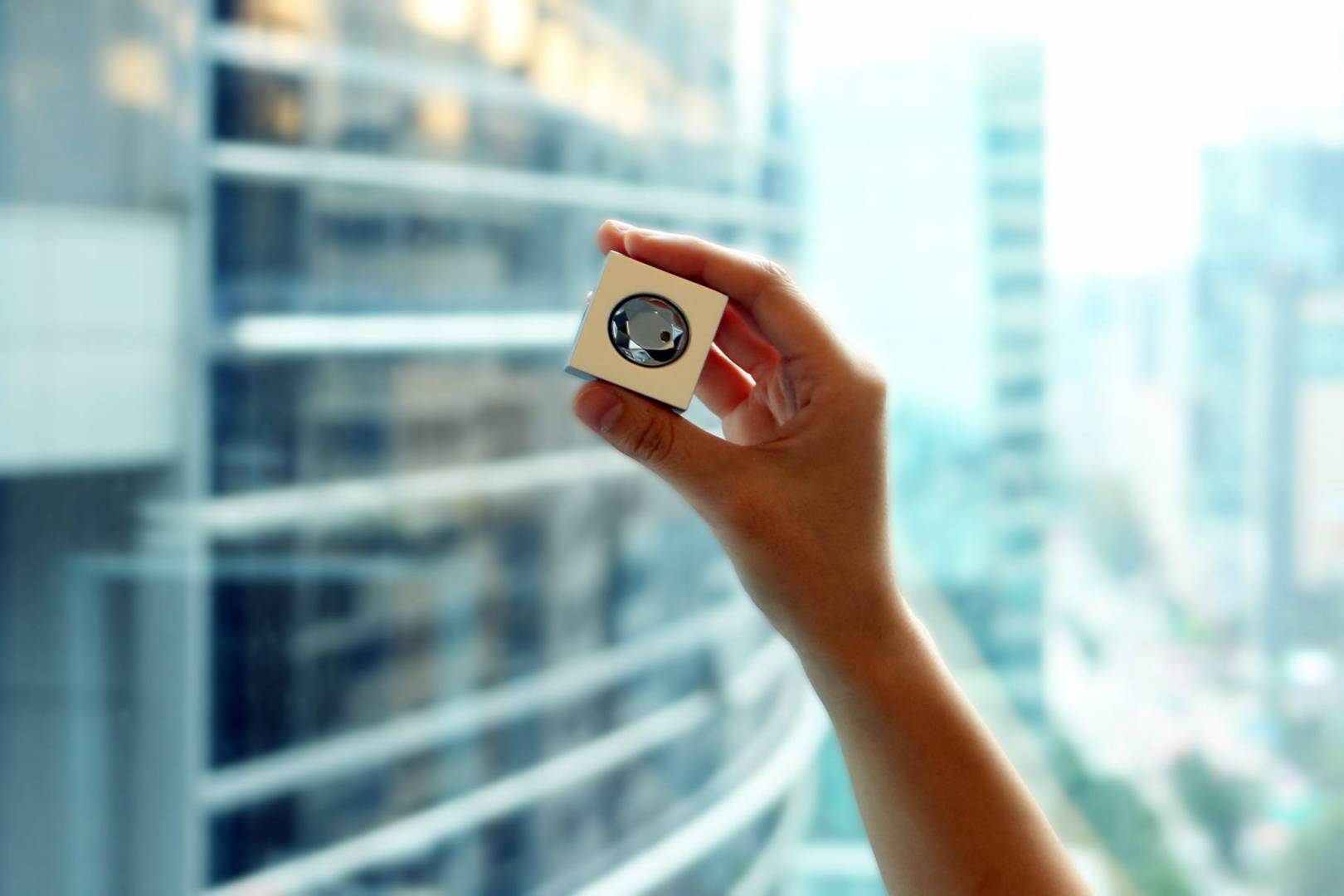It is said the best technology is invisible. Korean outfit Olive Union set about applying that maxim to hearing aids, a piece of technology that is often unwieldy, and prohibitively expensive, to boot. The fruit of their labor is Olive, a hearing aid that is stealthy, and significantly more affordable than alternatives. Crowdfunders have gotten behind the idea readily, helping Olive raise more than 15 times its original campaign goal on Indiegogo.
While setting out on the project, one of Olive Union’s main aims was to achieve a form factor that would make the hearing aid as discreet as possible. The result is a device that looks a lot more like a nice pair of wireless earphones than it does a medical device. Olive is just 22.4 mm in length with a 19 mm width. Thanks to its tiny size, the hearing aid weighs just 7.2 grams.
Part of that weight is contributed by a Bluetooth Low energy receiver. Olive needs one of those because it works in tandem with a smartphone app available on Android and iOS. The app is used to carry out hearing tests and configure hearing profiles, which are personalized settings that users can alter based on their preferences and for different environments. Olive has what is called a “smart sound technology” working in the background to reduce noise and deliver clear sound.

The device is powered by a lithium ion polymer battery. It can be charged using a portable charging case, which is good for two full charges at a time. The case itself is small enough to fit in a purse or pocket. Batteries last 8 hours of straight usage and a maximum of 10 days on standby.
While the engineering expertise the makers have shown is impressive, it is only a means to their larger social mission. According to one study, 80 percent of people between 55 and 74 who could benefit from wearing hearing aids do not use them. The same practice is observed in hearing impaired individuals belonging to other demographics. One of the primary impediments to larger adoption is social perception. By creating stealthy hearing aids, Olive attempts to help its users overcome the stigma they might feel is attached to wearing them.

Olive’s Indiegogo campaign came to a close last week having raised $331,000–1600 percent of the original goal–and still counting. Backers don’t just get units of the device, but are also inducted into a crowdsourced R&D campaign. The first cohort of users are considered beta testers, who will provide feedback to the company on their experience using Olive. The input will be taken into consideration in the next development cycle, following which there will be a more widespread launch. First units are expected to ship in December of 2017, and because of the product’s high demand status, you can still contribute and reserve one of your own.


